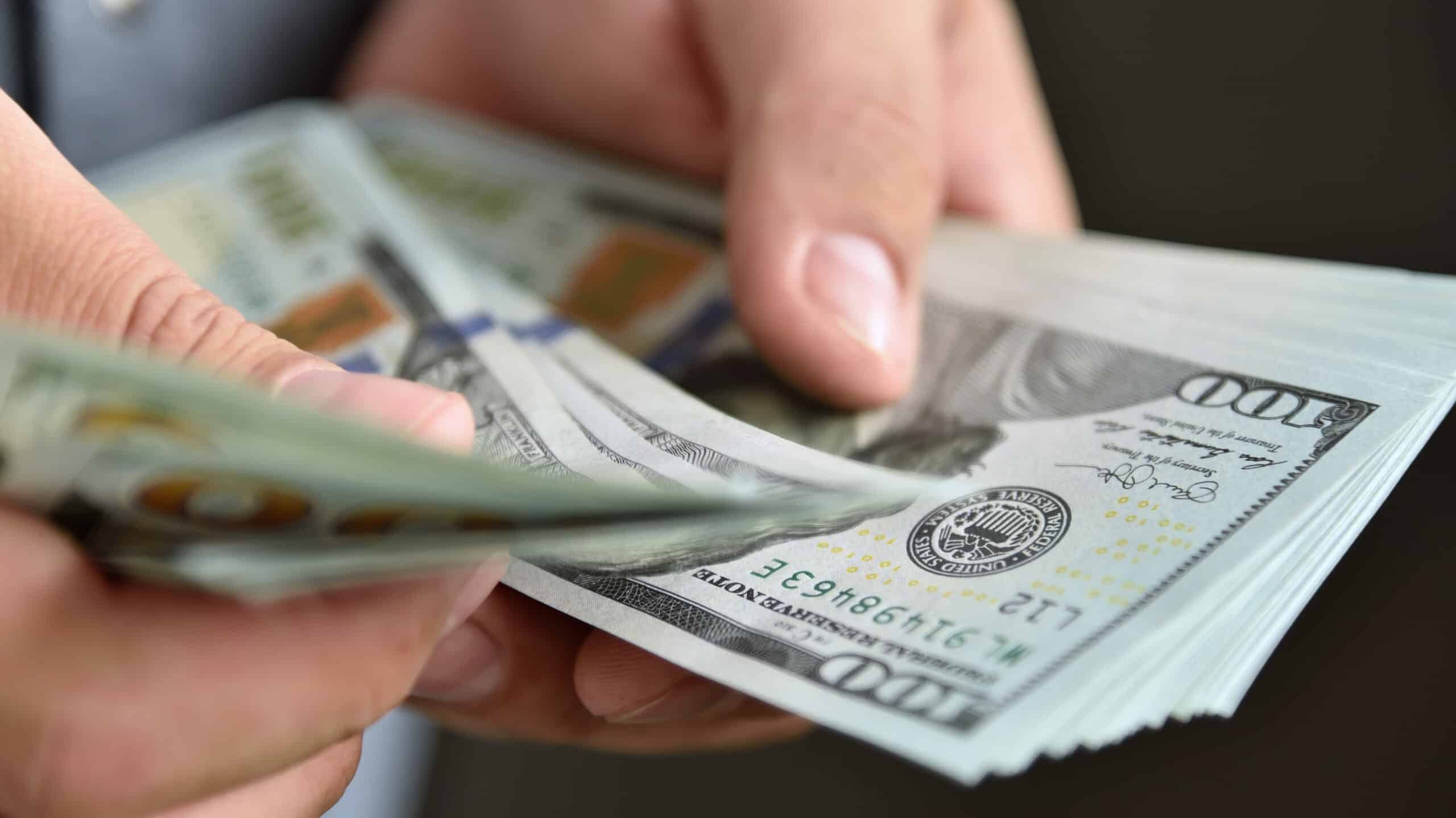In an announcement that caused caffeine addicts everywhere to rejoice, Panera, the U.S.-based bakery-café chain, has introduced an unlimited coffee subscription. Called Unlimited Sip Club (previously called MyPanera+Coffee), the program provides unlimited hot coffee, iced coffee, or hot tea at all Panera restaurants for an annual fee of $199 plus tax.
Customers can get free refills in-store every two hours. It's a great deal, but did you know that Panera also uses psychology - intentionally or not - to make the offer even more appealing?
Before rolling out the Unlimited Sip Club to all stores, they tested the program in 150 stores for three months. Although many were skeptical of the pilot, the bottom-line results speak for themselves:
- The frequency of visits jumped by more than 200% for customers who signed up for Unlimited Sip Club (then known as MyPanera+Coffee).
- There was a 70% increase in food attachment for subscribers, which Panera CEO Niren Chaudhary called “staggering.” In other words, people who came in to get their subscription coffee also bought food. Before the program, they were more likely to come in and only buy coffee.
- There was a 25% increase in sign-ups to Panera’s loyalty program, and almost all of those sign-ups came from people new to Panera (Customers have to sign up to the MyPanera loyalty program to use the subscription).
There’s no question this program has made an enormous impact, but why?
It’s down to a few behavioral science principles: Loss Aversion, the Cashless Effect, and the Default Effect.

The Psychology Behind Panera's Unlimited Sip Club
1. The Cashless Effect
The Cashless Effect is the principle that states the more tangible a payment is, the more painful it is. That’s why people on a budget are urged to use cash instead of credit cards — because the easier it is to pay, the more people will spend.
How Panera Uses the Cashless Effect
When customers add an Unlimited Sip Club subscription to their MyPanera rewards, they are paying a small amount, each month, by credit card. So small and regular that they’ll barely notice the cash leaving their account.
By seamlessly adding Unlimited Sip to the rewards process, Panera has removed the “pain of payment” when buying a coffee. The experience of scanning an app for a pre-paid cup of coffee is so painless, it almost feels like getting something for nothing (which also explains why Panera is seeing an uptick in “food attachment” rates).
🚀 Learn what makes buyers tick
Join 8k+ of world's best marketers from brands like Disney, Coca-Cola, Google who are learning marketing psychology in <5 mins a week.
2. Loss Aversion
First identified by Nobel Prize-winner Daniel Kahneman, Loss Aversion is a psychological principle that says people will go to great lengths to avoid a loss. In fact, the psychological pain of losing is twice as powerful as the pleasure of winning.
How Panera's Unlimited Sip Club Uses Loss Aversion
The $8.99 that leaves customers’ bank accounts each month has a powerful effect on their behavior. When deciding where to go for their morning (or afternoon) coffee, people are more likely to choose Panera because they’re afraid to lose out on the benefits of money they’ve already spent.
The Sunk Cost Fallacy is coming into play in customers’ decisions to visit Panera over a competitor. Sunk Cost is an economic principle that states people will continue a behavior because they’ve already invested time or money.
Just like Loss Aversion, the Sunk Cost Fallacy is a powerful driver of customer behavior due to the psychological pain of potential loss. Panera uses psychology like Loss Aversion and the Sunk Cost Fallacy to ensure that customers stay engaged as long as they stay subscribed to the program.
3. The Default Effect
Defaults are pre-set choices that take effect if a customer does nothing.
When it comes to thinking, people are lazy. Defaults provide a mental shortcut and signal what we’re “supposed” to do in a given situation. Since defaults don’t require people to make any effort, they can be a simple but powerful design tool.
How Panera Uses the Default Effect
Panera wisely anchors the new behavior to an existing, default behavior for MyPanera users. It’s the behavior these customers would be doing anyway, with a twist so small it’s easy to overlook.
The Panera website even describes the new behavior in terms of the old, so customers don’t have to think too hard:
“Use it just like a MyPanera reward. Order at the register or kiosks when you’re in the cafe, online or through our app. With a MyPanera+ Coffee subscription, there’s nothing stopping you from reaching your full coffee potential.”
The brand’s clearly thought about how to make the Unlimited Sip Club a seamless addition to an existing default behavior, which will make mass adoption a no-brainer.
The Bottom Line
Some pundits have asked, with the MyPanera+Coffee offer, “Have we reached peak subscription?” On the surface-level, an “unlimited” coffee subscription might seem ridiculous. However, based on Panera’s impressive results so far this is likely just the beginning of food and beverage subscriptions.
According to Eduardo Luz, Panera's Chief Brand & Concept officer, one in four Panera transactions came from Unlimited Sip Club members, and it also bringing in customers new to Panera.
